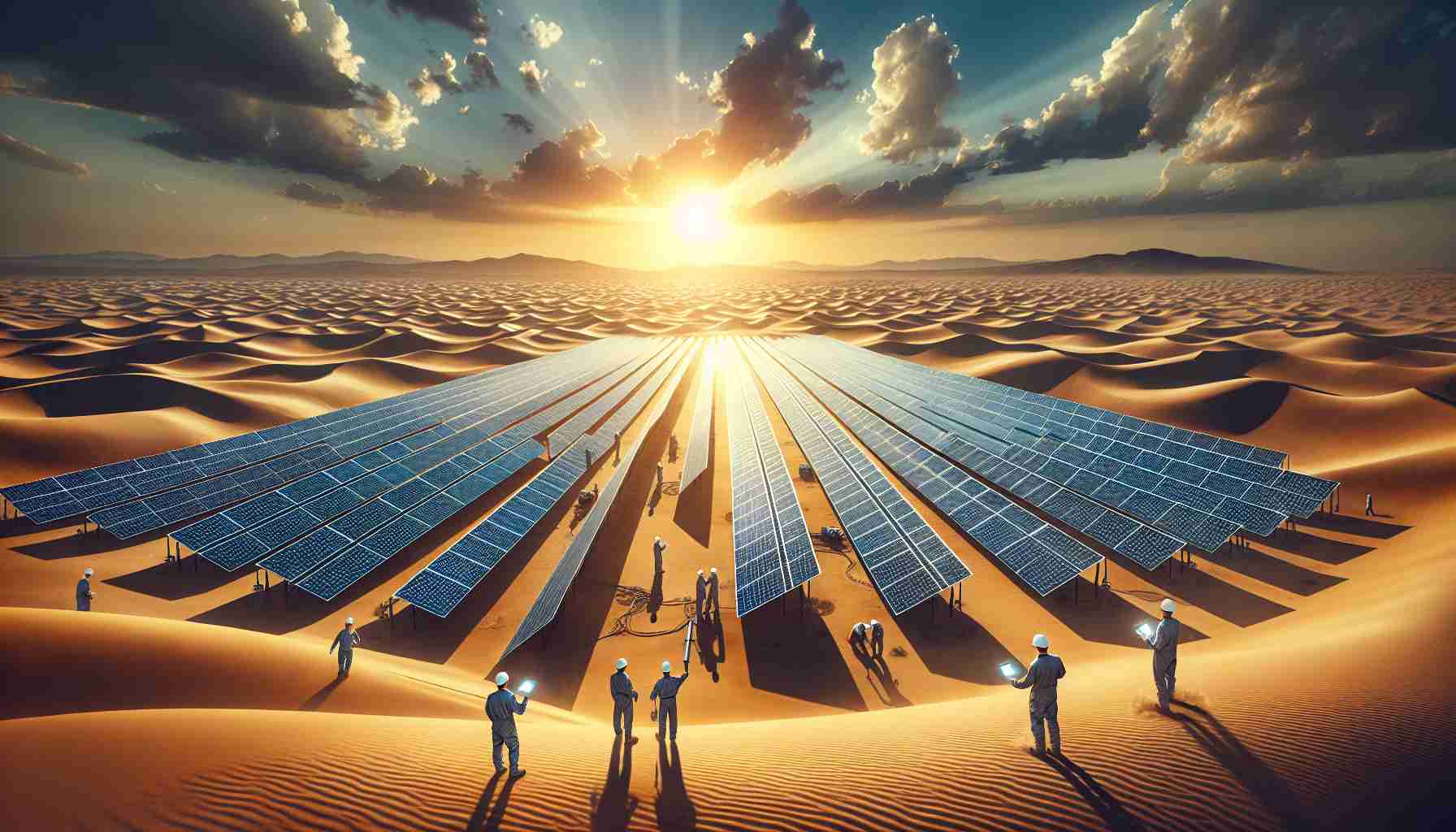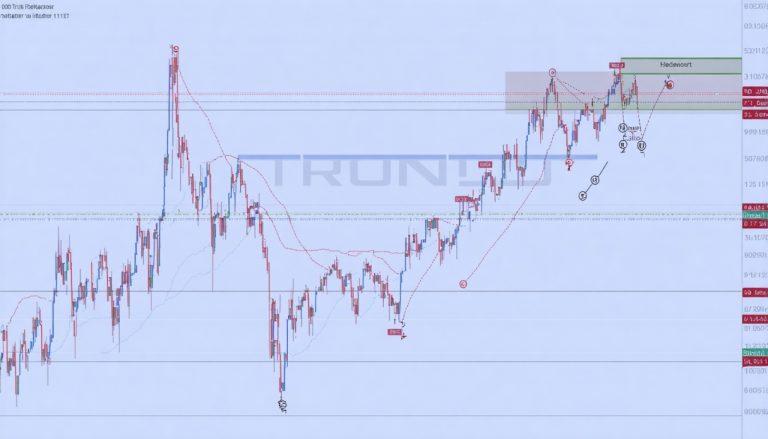
A groundbreaking development in Azerbaijan’s energy landscape has emerged, with the launch of a massive 312MW solar power plant located in the arid Garadagh Gobi Desert. This project utilizes Arctech’s cutting-edge SkyLine II solar tracker system, which not only highlights the potential of renewable energy but also demonstrates remarkable adaptability to harsh conditions.
The solar plant stands as a testament to Azerbaijan’s commitment to clean energy. Positioned near the coastline, it is designed to withstand complex weather conditions and high levels of corrosivity. The SkyLine II tracker employs an advanced synchronous multi-point drive mechanism that ensures stability even in gusty winds, effectively lessening the wind’s impact on the solar panels.
One standout feature of this system is its ability to follow the terrain, which minimizes the need for extensive earthworks and helps preserve the local desert ecosystem. This is particularly crucial in maintaining the environment in such fragile habitats.
To combat the severe corrosive environment, the steel components of SkyLine II undergo rigorous hot-dip galvanisation and pre-galvanisation treatments, while the aluminum parts are anodised, achieving high corrosion resistance standards. This robust construction promises a service life of 25 years, making it an ideal fit for the local conditions.
As Azerbaijan forges ahead in renewable energy, the success of the SkyLine II system sets a new benchmark for solar projects in challenging terrains worldwide.
Solar Revolution: Azerbaijan Unveils a 312MW Solar Power Plant Utilizing Advanced Technology
Azerbaijan’s Solar Energy Breakthrough
Azerbaijan is making significant strides in renewable energy with the introduction of a groundbreaking 312MW solar power plant in the Garadagh Gobi Desert. This project is noteworthy not only for its size but also for its innovative technology, particularly the use of Arctech’s SkyLine II solar tracker system. This initiative underscores Azerbaijan’s dedication to fostering a sustainable energy future.
Key Features of the SkyLine II Solar Tracker System
The SkyLine II solar tracker is engineered to thrive in challenging environments. It boasts several key features:
– Synchronous Multi-Point Drive Mechanism: This advanced mechanism provides stability to the solar panels, minimizing damage from gusty winds, which are prevalent in the region.
– Terrain Adaptability: By following the natural contour of the land, the tracker system reduces the need for extensive earthworks, which is beneficial for preserving the delicate desert ecosystem.
– Corrosion Resistance: The construction of the solar plant is designed for durability against the local corrosive conditions. Steel components are treated through hot-dip galvanization and pre-galvanization, while aluminum parts undergo anodization to meet high corrosion resistance standards.
Pros and Cons of the Solar Power Project
Pros:
– Significant capacity contributing to renewable energy goals.
– Environmentally friendly design minimizing ecological footprint.
– Long service life of approximately 25 years thanks to robust materials and technology.
Cons:
– Initial cost of implementation may be high.
– Dependency on suitable weather conditions may limit efficiency in adverse scenarios.
Innovations and Trends in Solar Energy
This project represents a trend towards utilizing advanced tracking systems in solar energy projects globally. The ability to adapt to harsh environments and enhance energy capture efficiency is increasingly becoming a standard in new solar initiatives. As countries worldwide seek sustainable energy solutions, innovations like the SkyLine II tracker will likely shape future solar developments.
Market Analysis: The Future of Solar Energy in Azerbaijan
Azerbaijan is positioning itself as a key player in the renewable energy sector in the region. The investment in a massive solar power plant is indicative of a broader trend towards clean energy as nations work toward reducing carbon emissions and enhancing energy security. As the government continues to support sustainable projects, the market for solar energy is expected to grow, attracting both local and foreign investment.
Security Aspects and Sustainability Efforts
The security of solar energy infrastructure is vital, especially in areas prone to severe weather conditions. With its capacity to withstand harsh environments, the SkyLine II system enhances the resilience of solar projects. Furthermore, Azerbaijan’s commitment to sustainability reflects a strategic move towards reducing reliance on fossil fuels and mitigating environmental impacts.
Conclusion
The launch of the 312MW solar power plant in the Garadagh Gobi Desert is a significant milestone for Azerbaijan’s energy landscape, showcasing the potential of innovative solar technologies to thrive even in challenging conditions. As more countries explore renewable energy solutions, projects like this pave the way for a sustainable energy future.
For more insights into renewable energy initiatives, visit Renewable Energy World.



